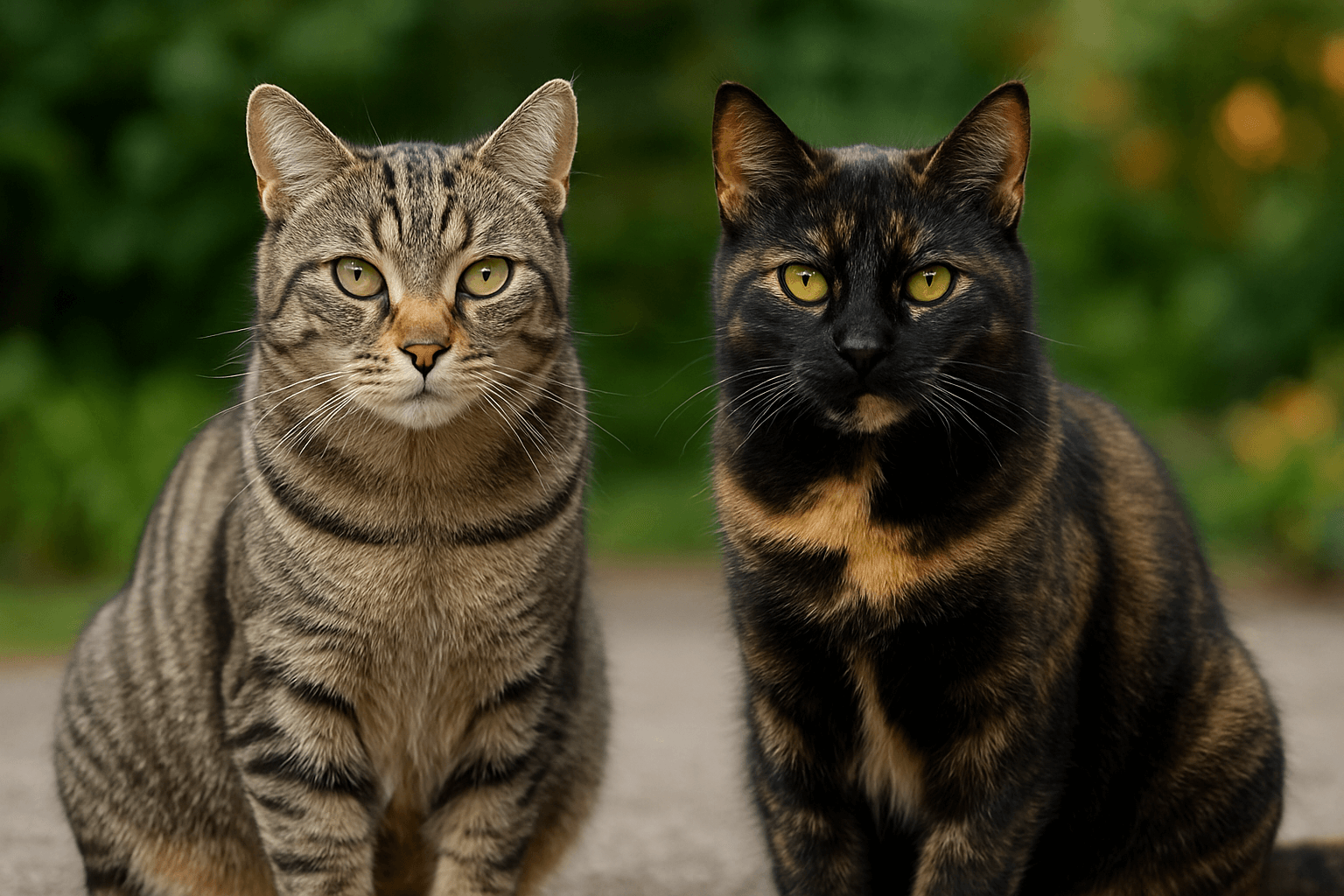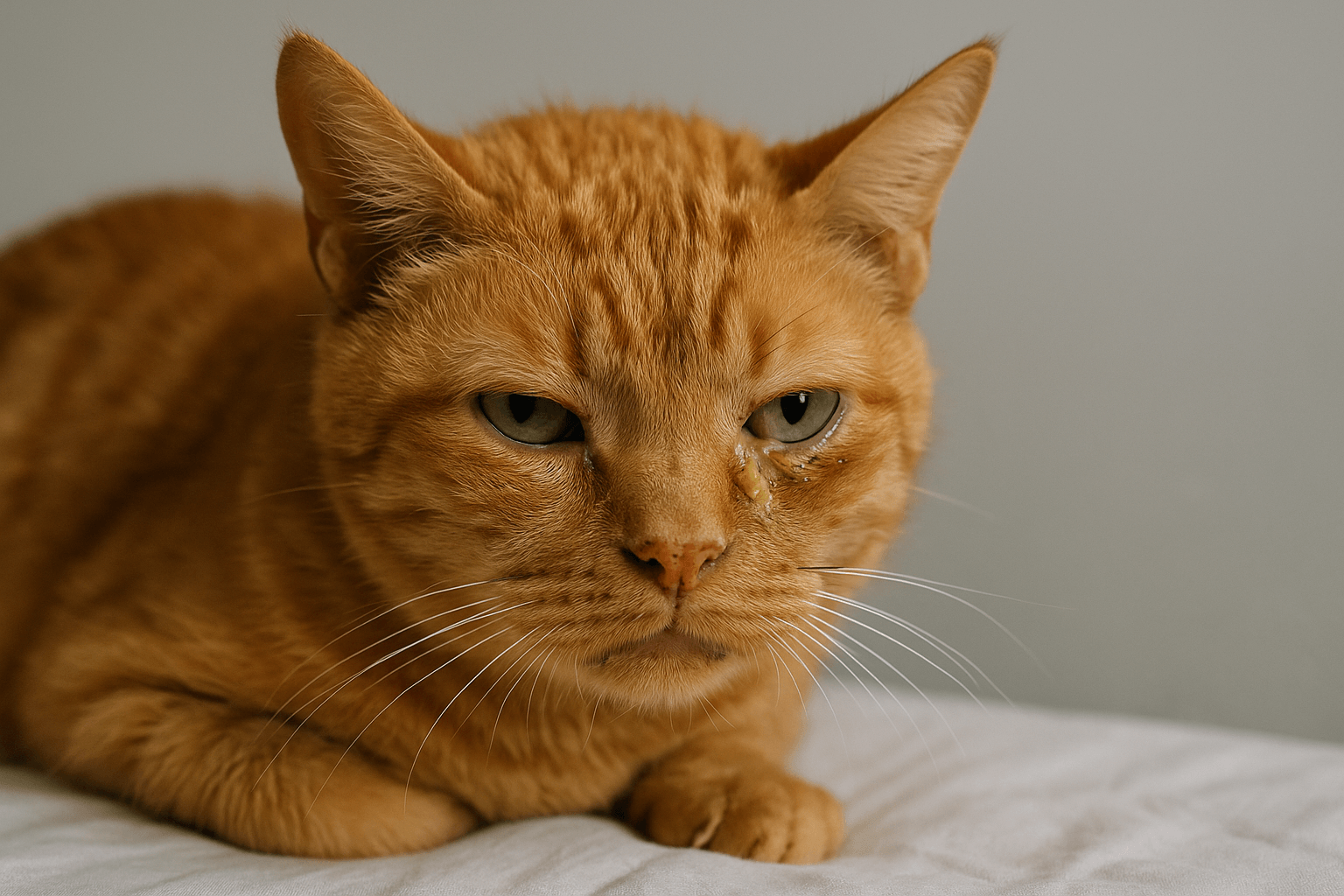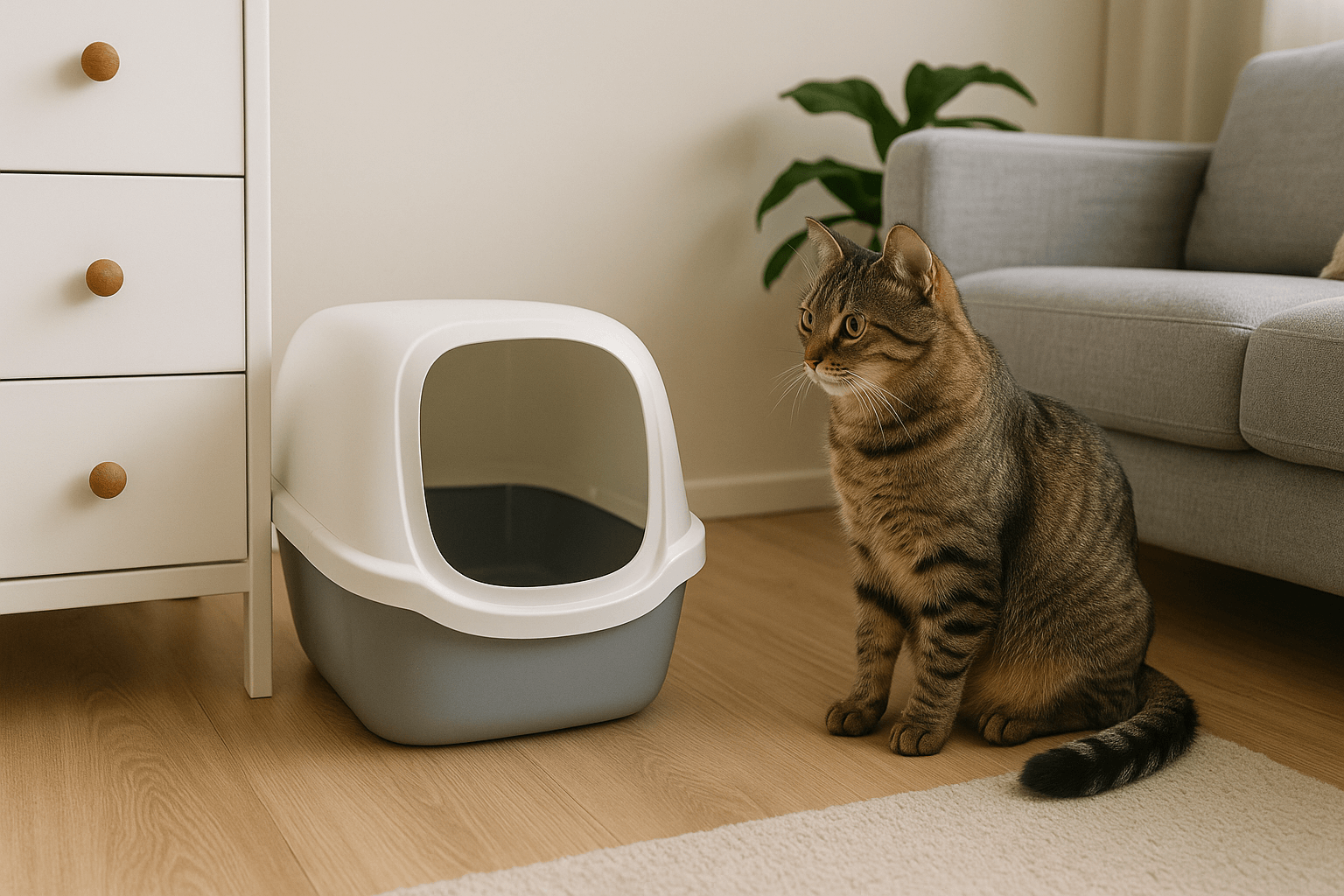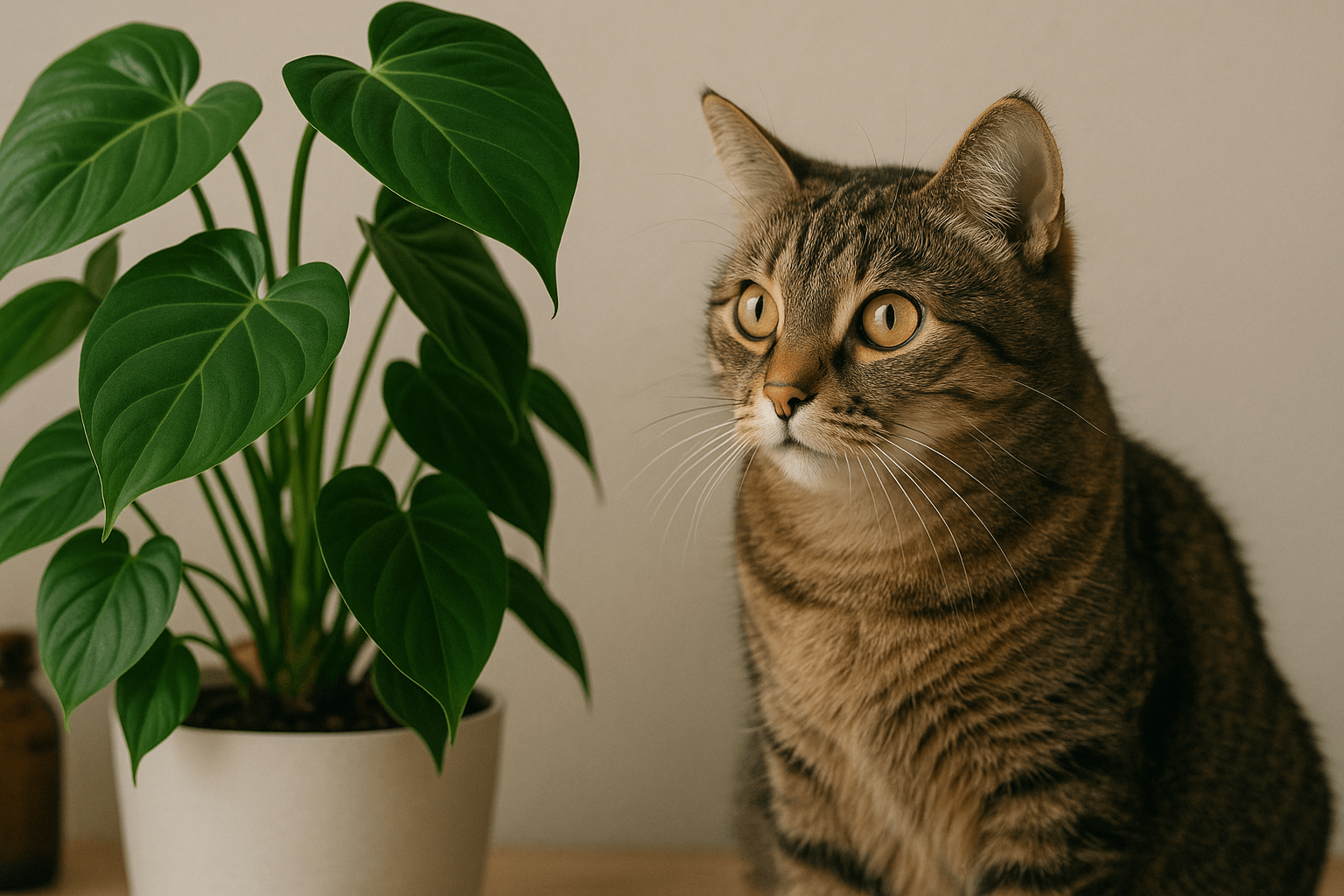Diabetic Cat Vomiting: What You Need to Know and How to Help
Managing diabetes in cats is challenging enough, but when vomiting becomes part of the equation, it can raise serious concerns for pet owners. Diabetic cat vomiting may stem from a variety of causes, including complications related to their condition or unrelated health issues. Understanding why your diabetic cat might vomit—and what you can do about it—is essential for ensuring their well-being. In this article, we’ll explore the potential reasons behind vomiting in diabetic cats, steps to manage it, and when to seek veterinary care. With the right knowledge and proactive care, you can help your feline friend stay healthy and comfortable.
Why Is My Diabetic Cat Vomiting? Exploring the Possible Triggers
Vomiting in diabetic cats can be alarming, but pinpointing the cause is the first step toward addressing the issue. While some causes are directly related to diabetes, others may stem from unrelated conditions. Here are the most common triggers:
Low Blood Sugar (Hypoglycemia) :
Insulin overdose or skipped meals can lead to dangerously low blood sugar levels, causing nausea and vomiting.High Blood Sugar (Hyperglycemia) :
Persistent high glucose levels can irritate the stomach lining, leading to vomiting.Gastrointestinal Upset :
Dietary changes or consuming inappropriate foods can upset a diabetic cat’s sensitive digestive system.Kidney Issues :
Diabetes increases the risk of kidney disease, which can manifest as vomiting and lethargy.Pancreatitis :
Inflammation of the pancreas is more common in diabetic cats and often presents with vomiting.
Identifying the underlying cause of vomiting is crucial for effective treatment. If your diabetic cat vomits frequently, consult your veterinarian promptly to rule out serious complications.
When to Act Fast: Red Flags for Diabetic Cat Vomiting
While occasional vomiting may not always indicate an emergency, certain symptoms warrant immediate attention. These signs could signal a life-threatening complication of diabetes or another severe condition. Here’s what to watch for:
Persistent Vomiting :
Multiple episodes within a short period could indicate a serious underlying issue.Lethargy or Weakness :
A lack of energy or difficulty moving may point to hypoglycemia or dehydration.Loss of Appetite :
Refusing food for more than 24 hours is a red flag that requires veterinary intervention.Excessive Thirst or Urination :
Sudden changes in water consumption or urination patterns may signal uncontrolled diabetes.Unusual Behavior :
Confusion, disorientation, or seizures could indicate dangerously low blood sugar levels.
If your diabetic cat exhibits any of these symptoms alongside vomiting, don’t delay—seek professional help immediately. Early intervention can make all the difference in their recovery.
Check this guide 👉Understanding Cat Vomiting Blood: Best 7 Expert Tips!
Check this guide 👉Home Remedies for Cat Vomiting White Foam: Best 7 Tips!

Common Causes of Vomiting in Diabetic Cats | Steps to Manage the Issue |
|---|---|
Low blood sugar (hypoglycemia) | Monitor insulin doses and feeding schedule |
High blood sugar (hyperglycemia) | Adjust insulin under vet guidance |
Gastrointestinal upset | Stick to a consistent, vet-approved diet |
Kidney issues | Schedule regular vet check-ups |
Pancreatitis | Administer prescribed medications |
How to Support Your Diabetic Cat When They’re Vomiting
If your diabetic cat experiences vomiting, there are steps you can take to help them feel better and prevent future episodes. Proper management involves a combination of dietary adjustments, medication monitoring, and close observation. Here’s how to proceed:
Adjust Their Diet :
Feed small, frequent meals to stabilize blood sugar levels and reduce digestive strain.Monitor Insulin Administration :
Double-check insulin doses to avoid under- or overdosing, which can trigger vomiting.Provide Hydration :
Ensure your cat has access to fresh water to combat dehydration caused by vomiting.Avoid Sudden Food Changes :
Gradually introduce new foods to prevent gastrointestinal upset.Keep a Symptom Diary :
Track vomiting episodes, blood sugar levels, and other symptoms to share with your vet.
By taking these steps, you can help minimize the frequency and severity of vomiting episodes while supporting your cat’s overall health.
Proactive Measures to Reduce the Risk of Vomiting
Prevention is always better than cure, especially when managing a diabetic cat’s health. By implementing these strategies, you can reduce the likelihood of vomiting and improve your cat’s quality of life. Here’s what you can do:
Stick to a Consistent Routine :
Maintain regular feeding and insulin schedules to keep blood sugar levels stable.Choose High-Quality Food :
Opt for diabetic-friendly diets that are low in carbohydrates and high in protein.Schedule Regular Vet Visits :
Routine check-ups help detect and address potential issues before they escalate.Minimize Stress :
Create a calm environment to prevent stress-induced fluctuations in blood sugar.Educate Yourself on Diabetes Management :
Stay informed about your cat’s condition to make better decisions about their care.
By focusing on prevention, you can help your diabetic cat live a healthier, happier life with fewer complications like vomiting.
When to Worry: Understanding the Nature of Your Cat’s Vomiting
Not all vomiting episodes are the same, and understanding whether your diabetic cat is experiencing acute or chronic vomiting can guide your response. Acute vomiting is sudden and often resolves quickly, while chronic vomiting persists over time and may indicate an underlying issue. Here’s how to differentiate between the two:
Acute Vomiting :
Typically triggered by a single event, such as eating too quickly or stress.Chronic Vomiting :
Occurs regularly and may signal ongoing conditions like diabetes complications or gastrointestinal disease.Associated Symptoms :
Acute vomiting is often isolated, while chronic cases may include weight loss or lethargy.Duration of Episodes :
Acute vomiting usually lasts less than 24 hours, whereas chronic vomiting persists for weeks or months.Veterinary Intervention :
Acute cases may resolve on their own, but chronic vomiting almost always requires professional diagnosis and treatment.
By distinguishing between acute and chronic vomiting, you can better assess the urgency of the situation and respond appropriately to protect your cat’s health.
Tailoring Nutrition: How Diet Can Help Manage Vomiting
Diet plays a crucial role in managing diabetes and reducing vomiting episodes in cats. A well-balanced, species-appropriate diet can stabilize blood sugar levels and support digestive health. Here are some dietary adjustments that may help:
Low-Carbohydrate, High-Protein Foods :
These mimic a cat’s natural diet and help maintain stable blood glucose levels.Moisture-Rich Diets :
Wet food or added water prevents dehydration, which can worsen vomiting.Limited Ingredients :
Avoid foods with artificial additives or fillers that may irritate the stomach.Small, Frequent Meals :
Feeding smaller portions more often reduces the risk of blood sugar spikes and digestive upset.Avoid Table Scraps :
Human food can upset your cat’s stomach and interfere with diabetes management.
A carefully planned diet not only supports your cat’s diabetes management but also minimizes the likelihood of vomiting episodes. Always consult your vet before making significant dietary changes.
Beyond Health: How Surroundings Impact Your Cat’s Well-Being
While medical issues are often the primary cause of vomiting in diabetic cats, environmental factors can also play a role. Stress, changes in routine, or exposure to toxins can exacerbate symptoms and lead to vomiting. Here’s what to consider:
Household Changes :
Moving furniture, new pets, or visitors can stress your cat and trigger vomiting.Loud Noises or Disturbances :
Sudden loud sounds, like construction or fireworks, may upset sensitive cats.Toxic Substances :
Exposure to plants, chemicals, or medications can irritate the stomach and cause vomiting.Inconsistent Routine :
Irregular feeding or insulin schedules can disrupt blood sugar stability and lead to nausea.Lack of Enrichment :
Boredom or frustration from insufficient mental stimulation can manifest as stress-related vomiting.
By creating a calm, predictable environment and minimizing potential stressors, you can reduce the risk of vomiting episodes caused by external factors. A happy cat is more likely to stay healthy and comfortable.
Frequently Asked Questions About Diabetic Cat Vomiting
Why does my diabetic cat vomit after eating?
Yes, incorrect insulin dosing can lead to hypoglycemia or hyperglycemia, both of which may cause vomiting.
Can insulin cause vomiting in diabetic cats?
Yes, incorrect insulin dosing can lead to hypoglycemia or hyperglycemia, both of which may cause vomiting.
How can I tell if my diabetic cat’s vomiting is serious?
Persistent vomiting, lethargy, or appetite loss are signs you should seek immediate veterinary care.
What should I feed my diabetic cat to prevent vomiting?
A vet-approved, low-carb, high-protein diet is ideal for managing diabetes and reducing digestive issues.
Can dehydration worsen vomiting in diabetic cats?
Yes, dehydration can exacerbate symptoms, so ensure your cat stays hydrated during and after vomiting episodes.
Final Thoughts: Supporting Your Diabetic Cat Through Challenges
Vomiting in diabetic cats can be distressing, but with proper care and vigilance, you can manage and even prevent many episodes. Understanding the potential causes, recognizing warning signs, and working closely with your veterinarian are key to ensuring your cat’s health and happiness. Remember, every diabetic cat is unique, and tailoring their care to their specific needs will make all the difference. By staying proactive and attentive, you can give your feline companion the best possible chance at a long, fulfilling life. After all, their comfort and well-being are worth every effort.
Tabby Cat vs Tortoiseshell: Best 7 Expert Tips! Discover the differences in patterns, personalities, and care needs between tabby and tortoiseshell cats to find your perfect feline companion.
Understanding Trichomoniasis in Cats: Best 7 Expert Tips! Discover symptoms, treatment, and prevention strategies for this common feline parasite to keep your cat healthy and happy.
Where to Place a Cat Litter Box? Best 7 Expert Tips! Discover ideal spots, avoid common mistakes, and learn how to keep your cat happy with perfect litter box placement.
Are Philodendrons Toxic to Cats? Best 7 Expert Tips! Discover if philodendrons are safe for cats, symptoms of poisoning, and expert advice to keep your feline friend healthy around houseplants.





